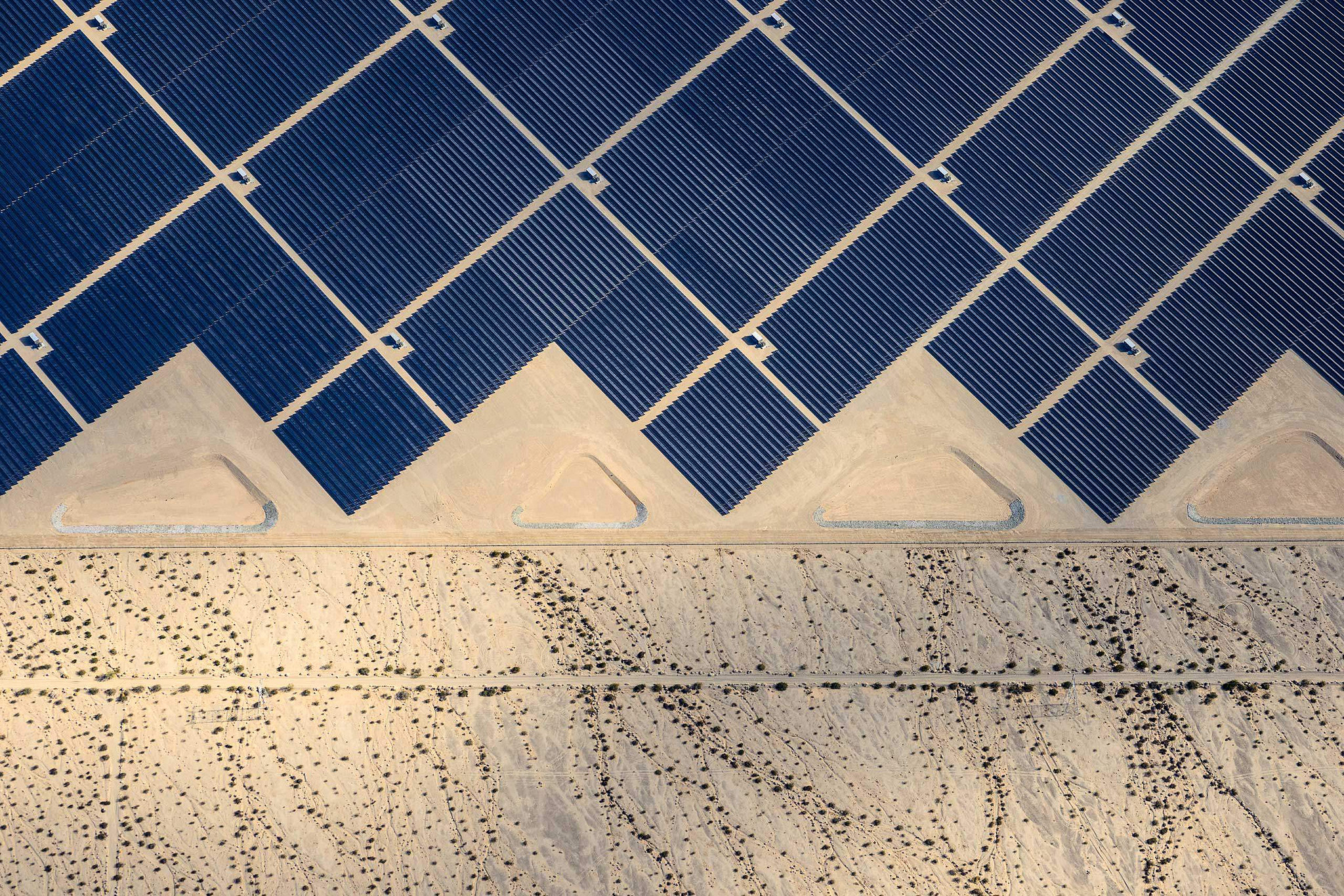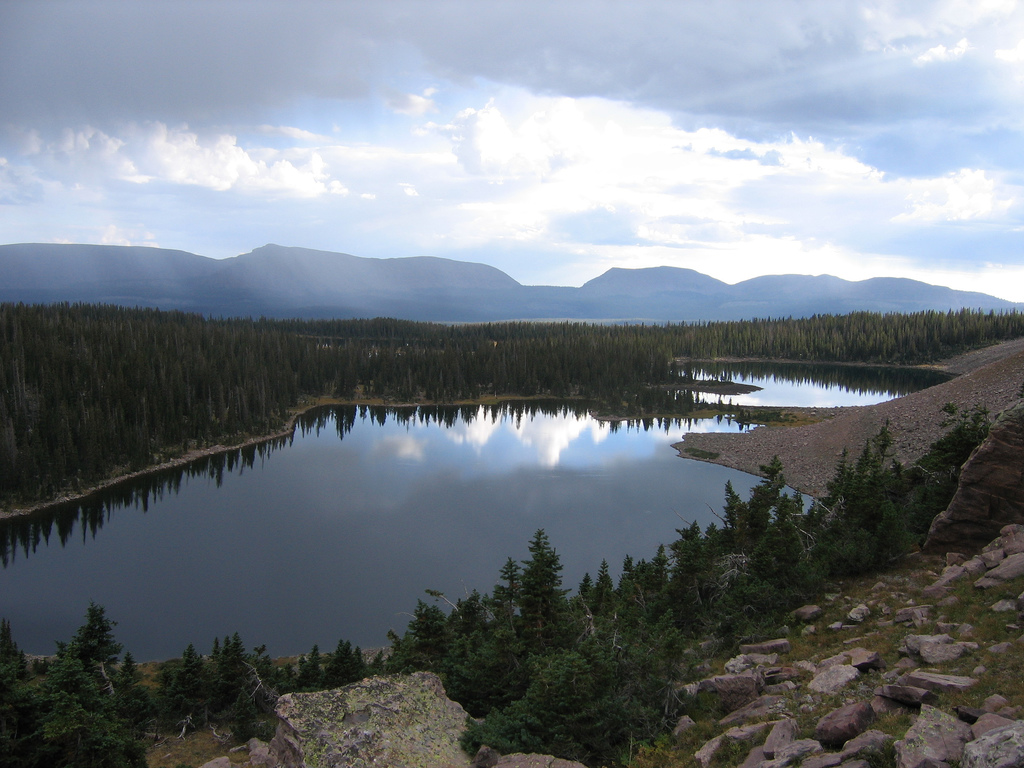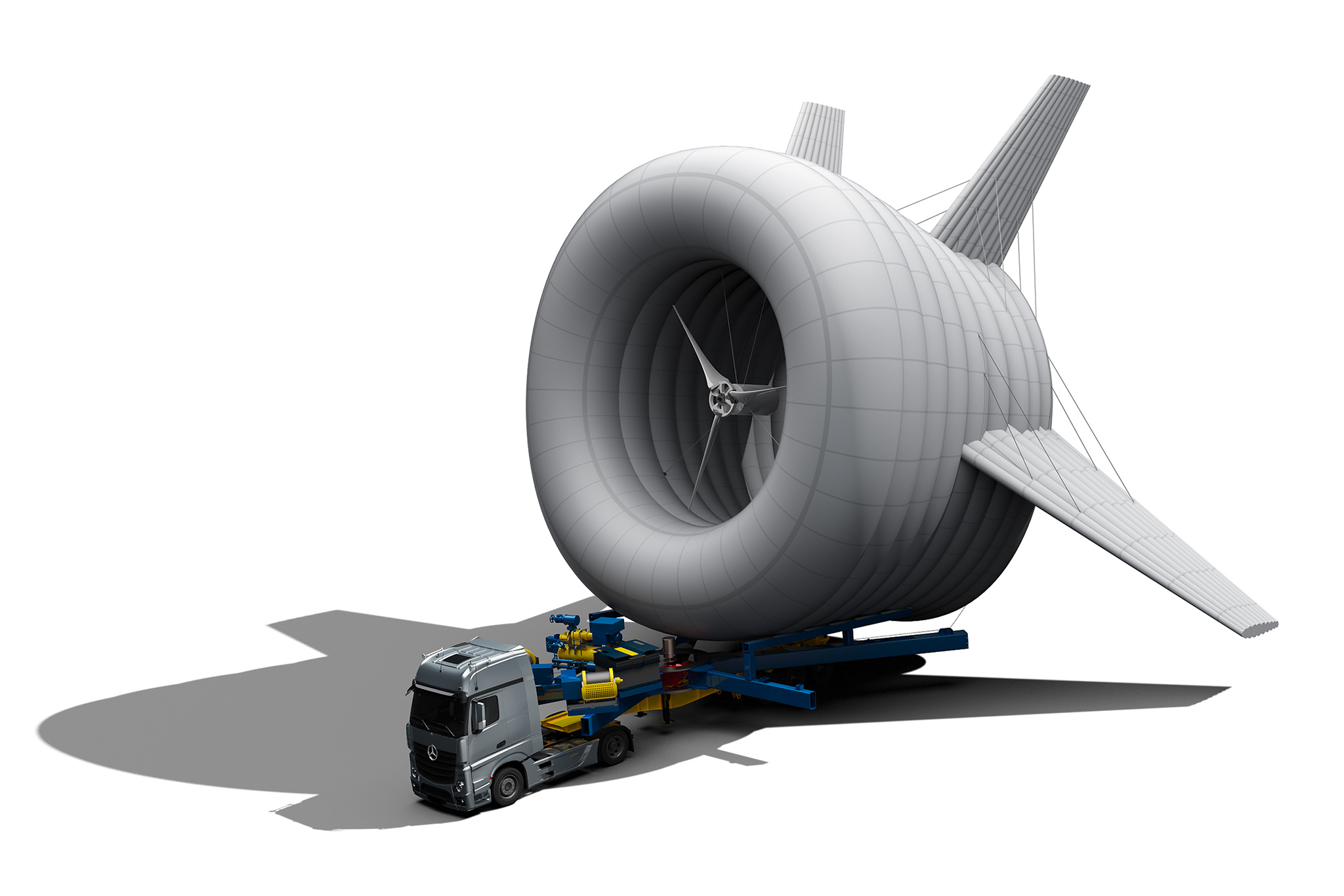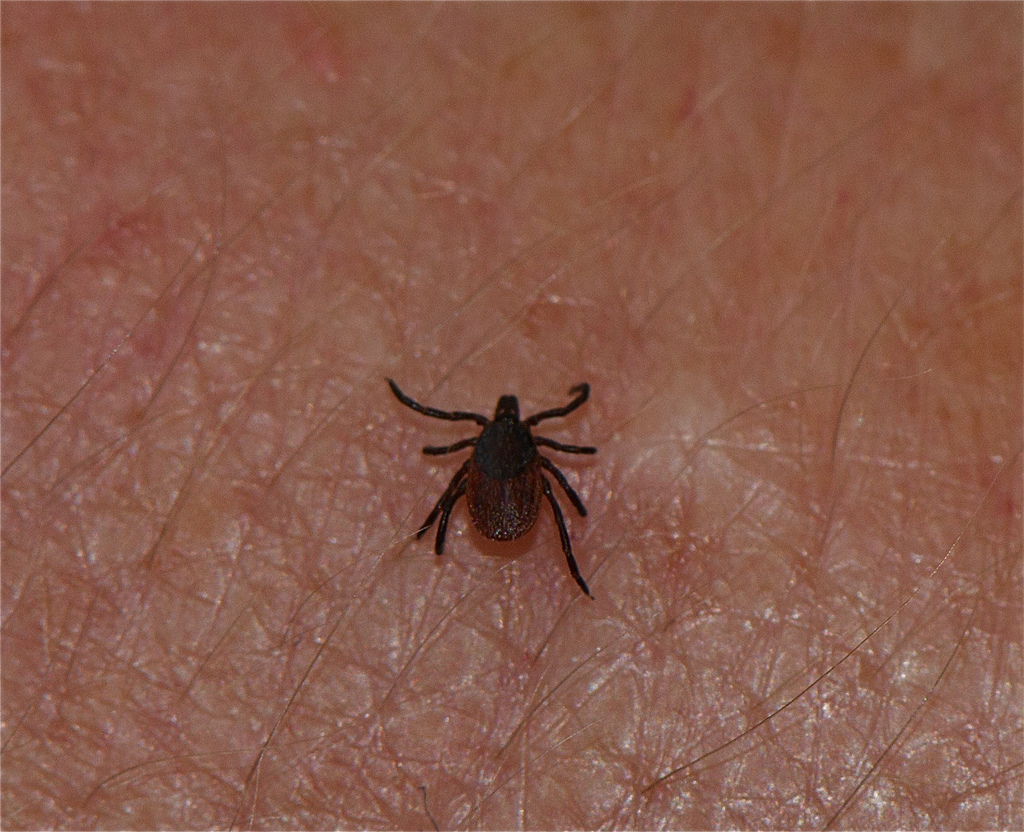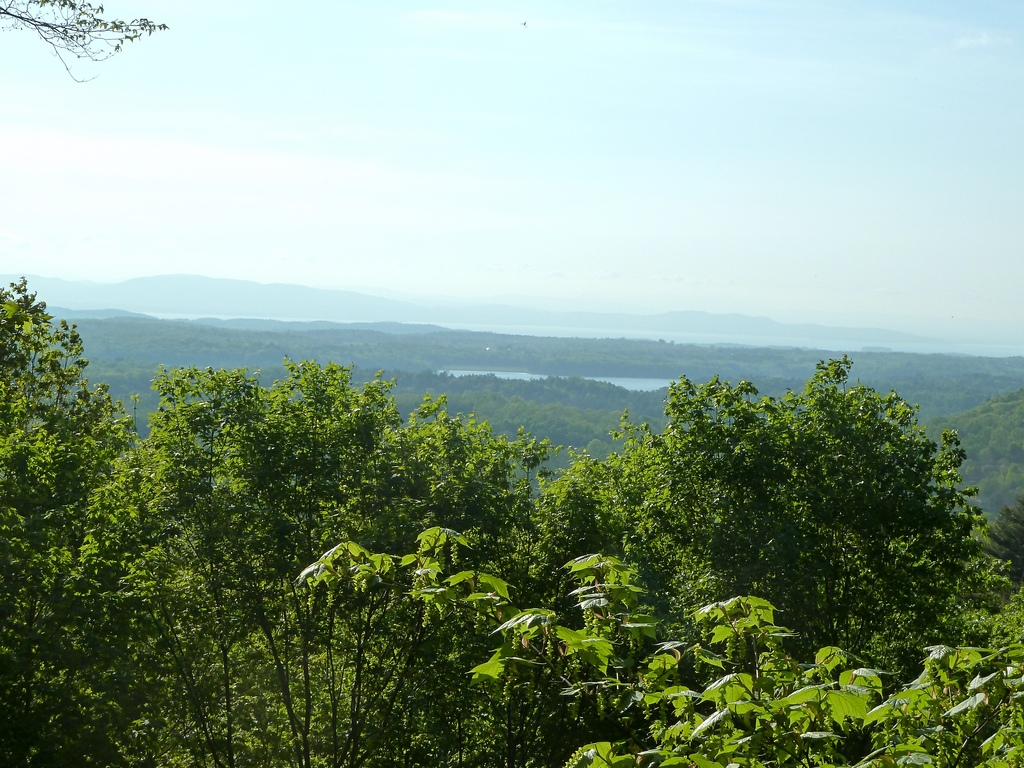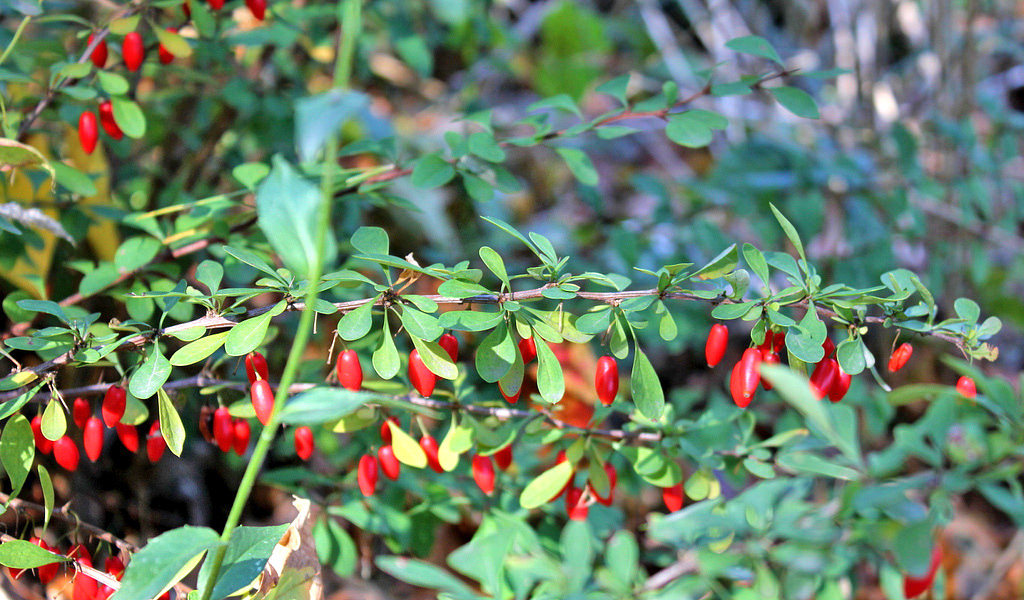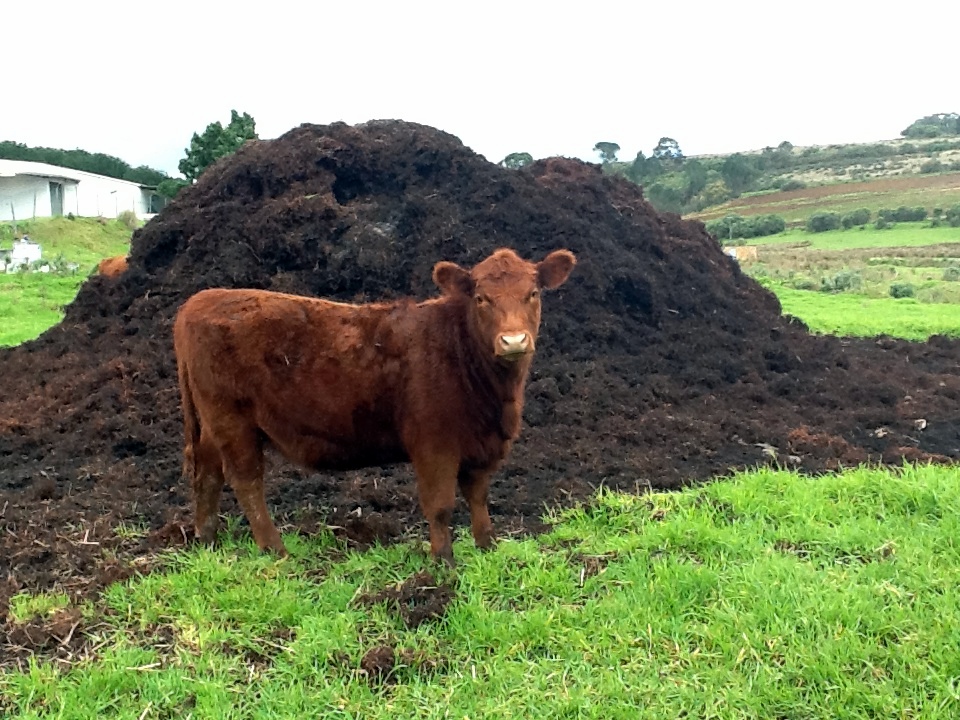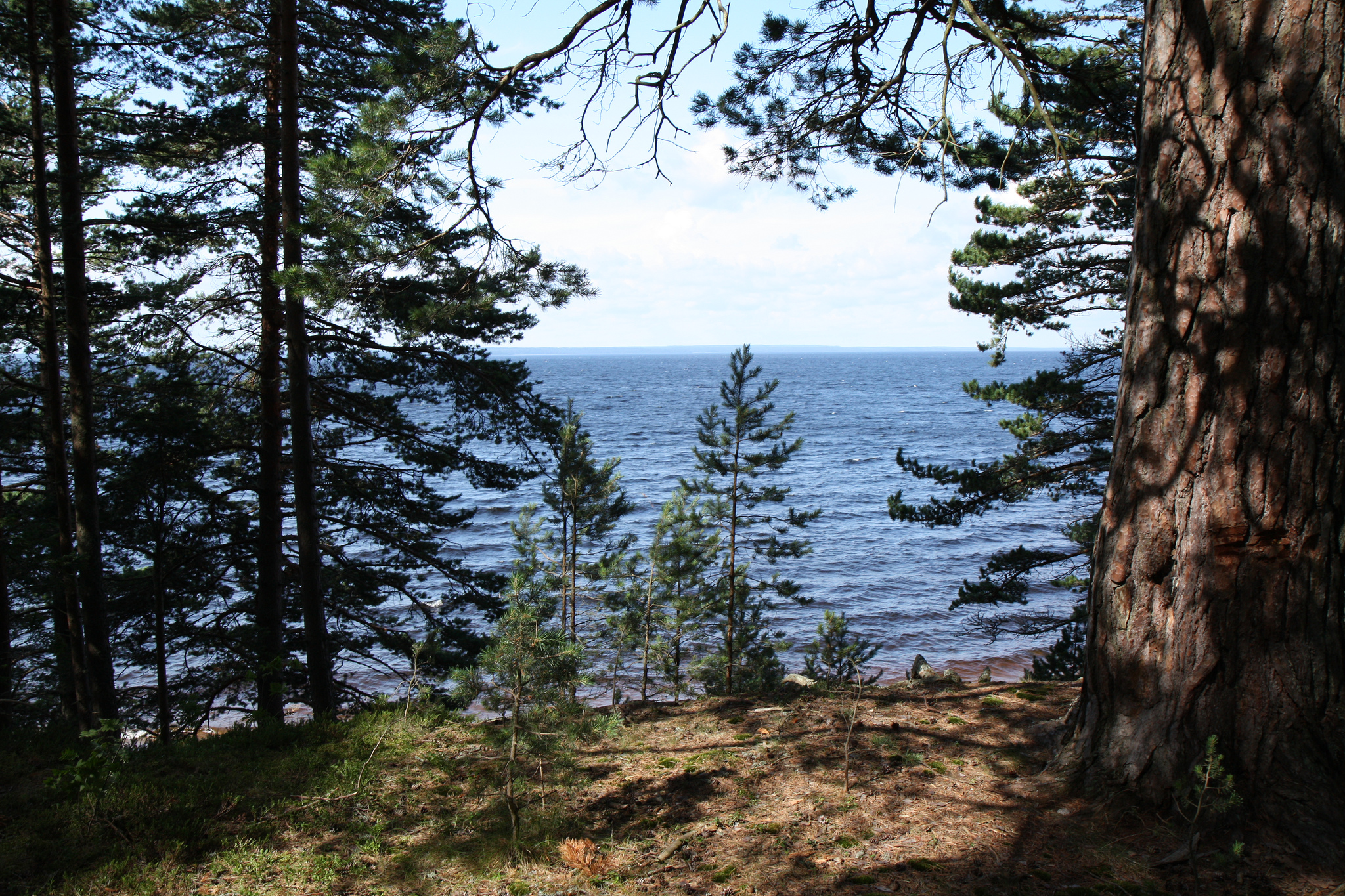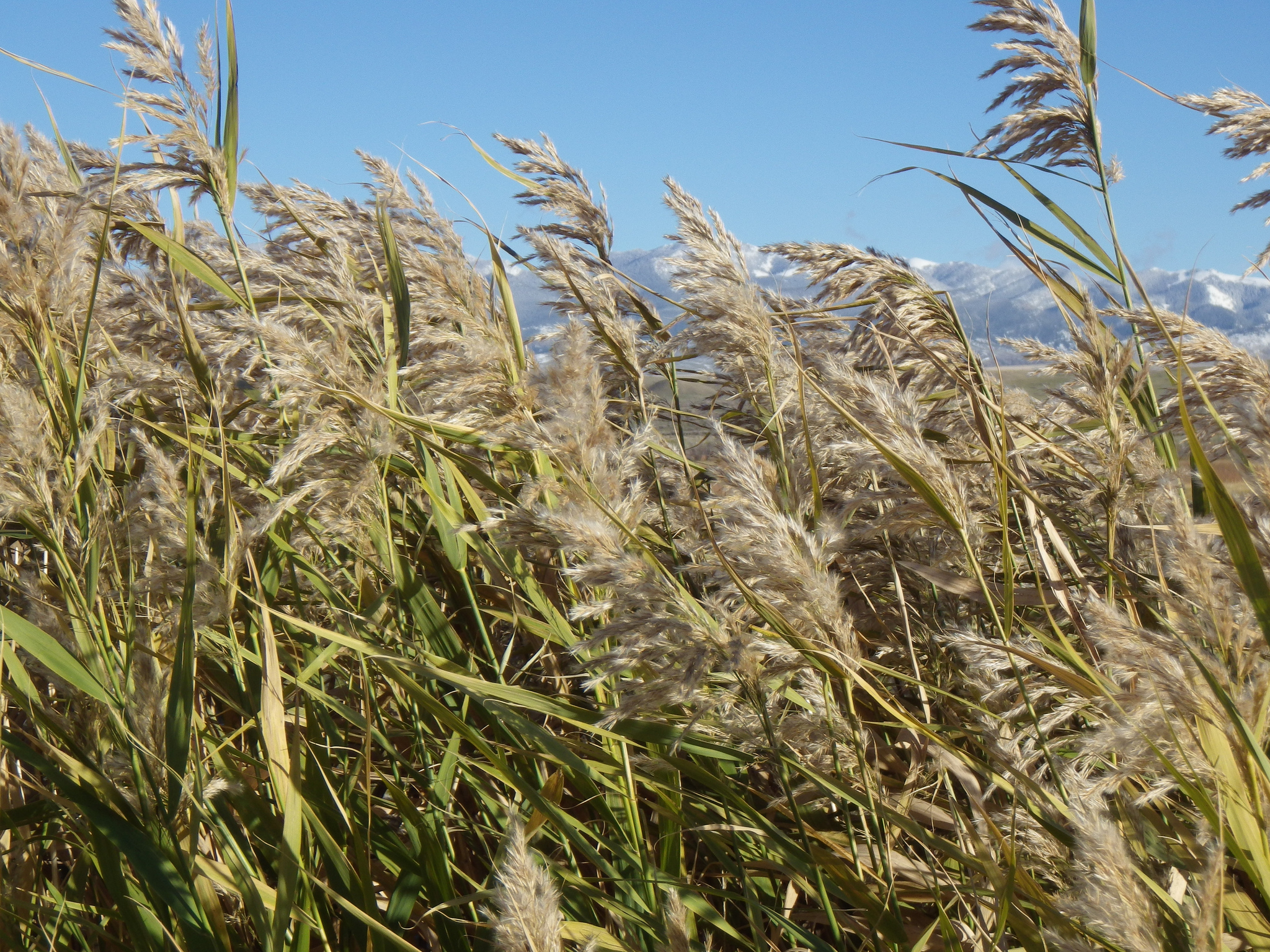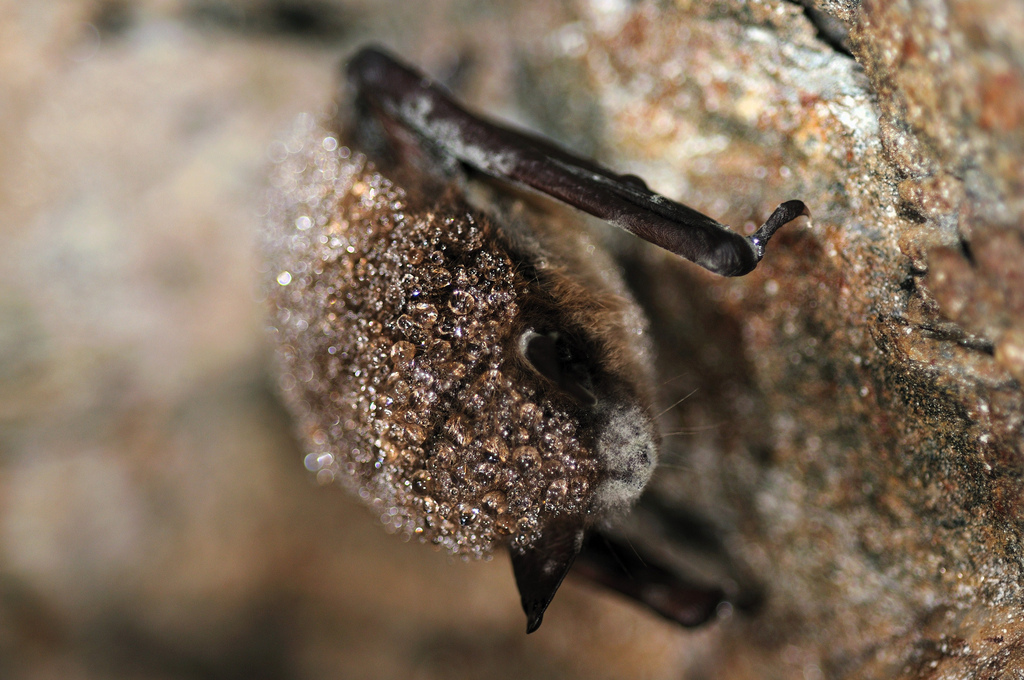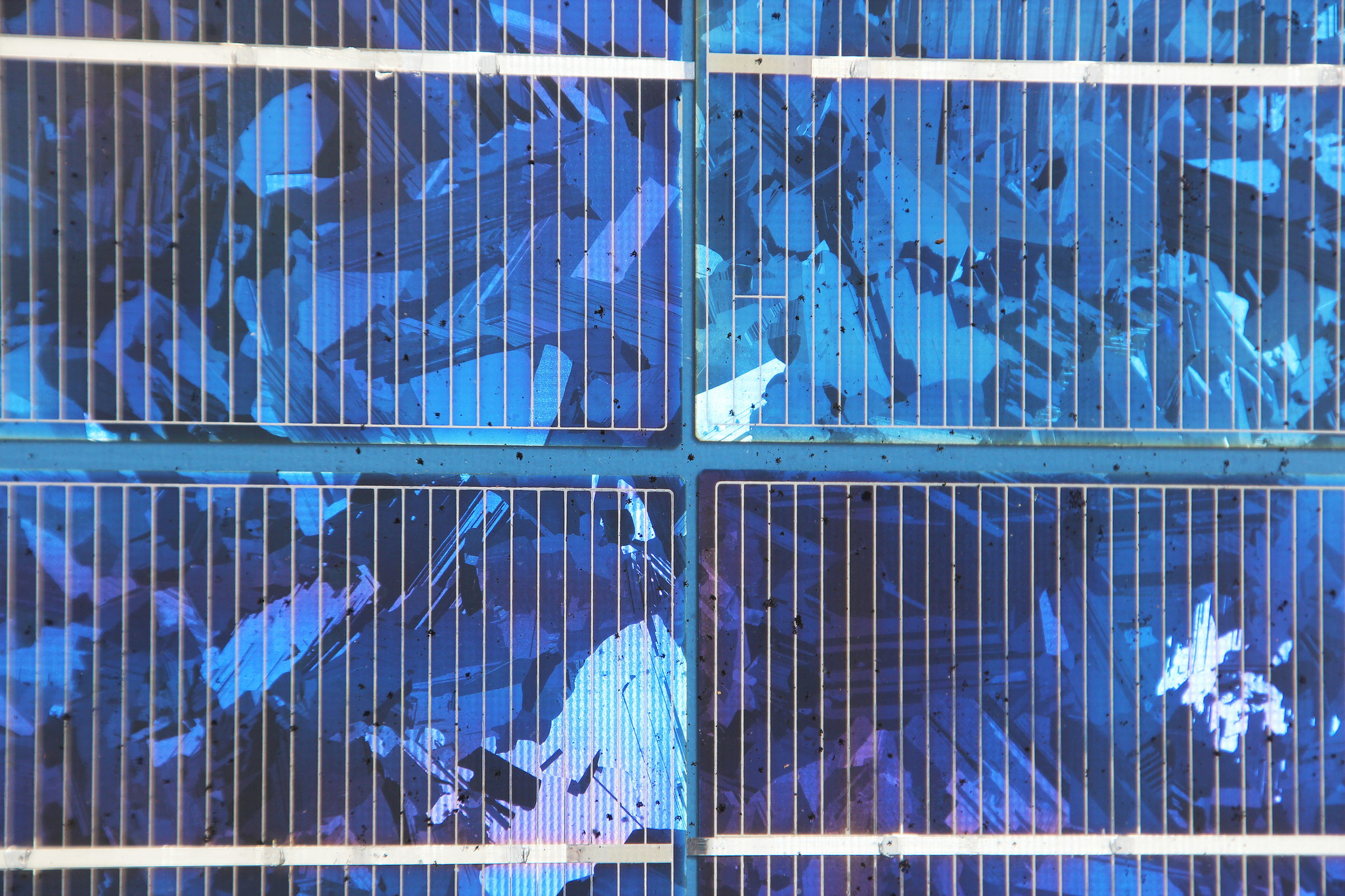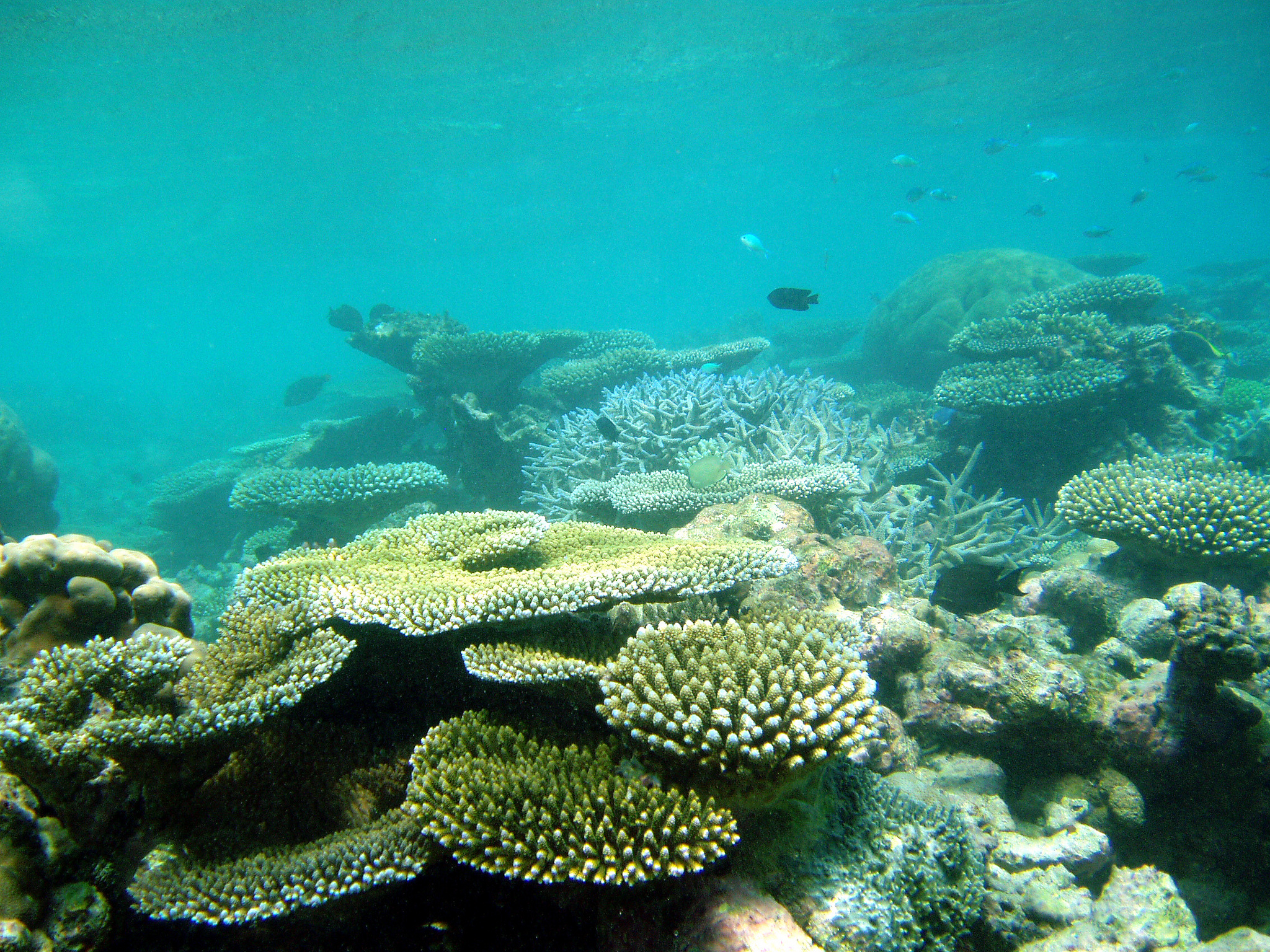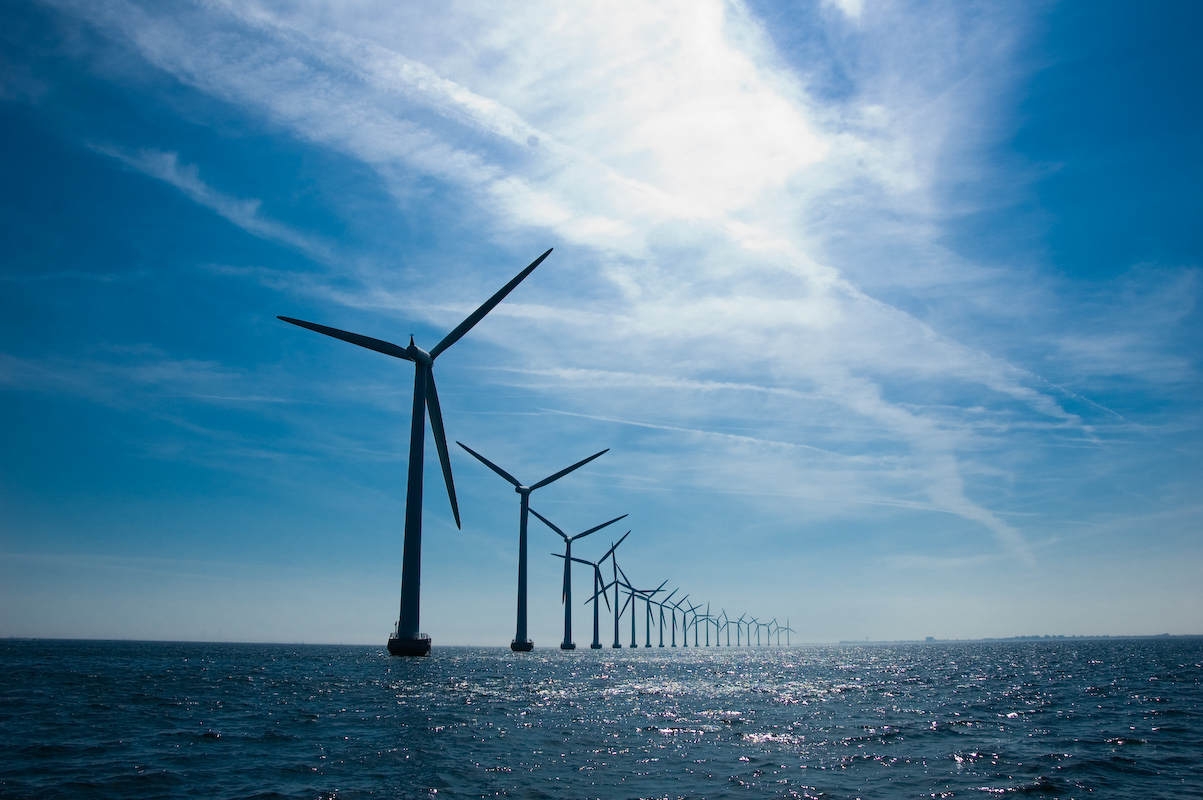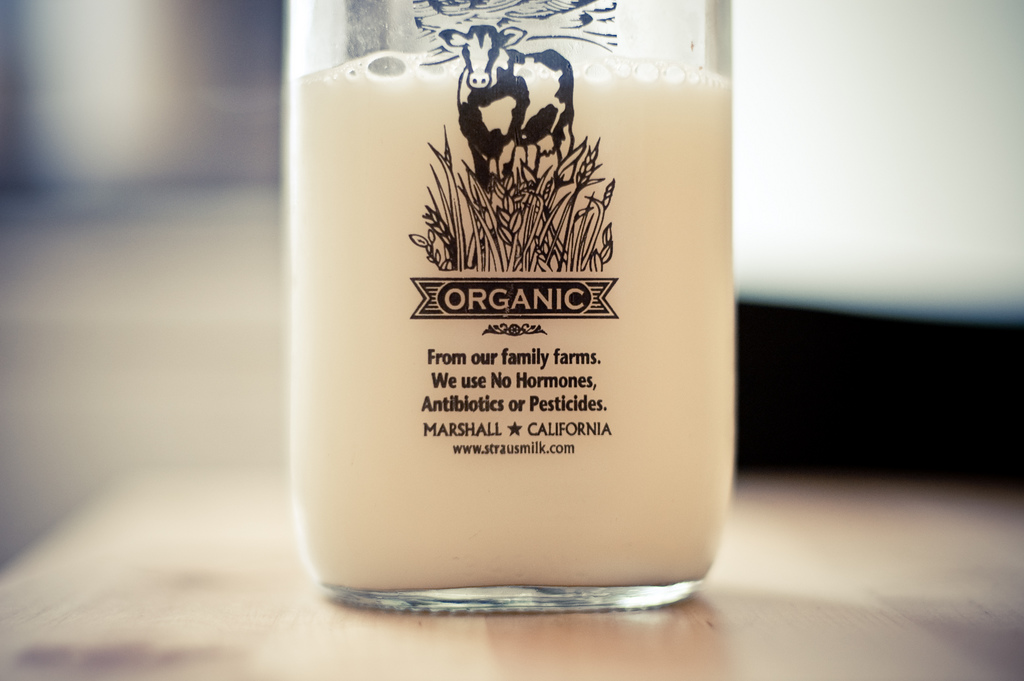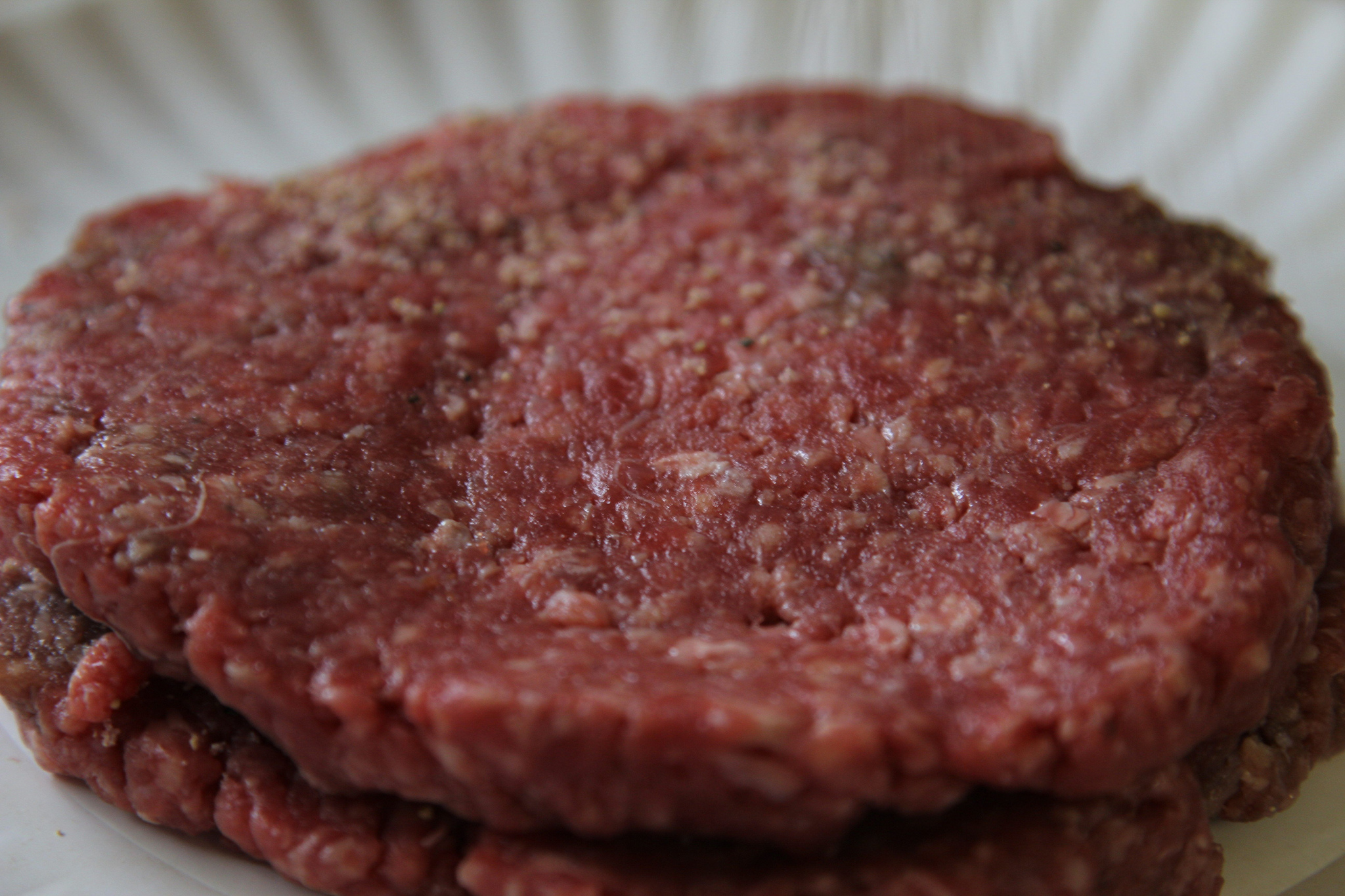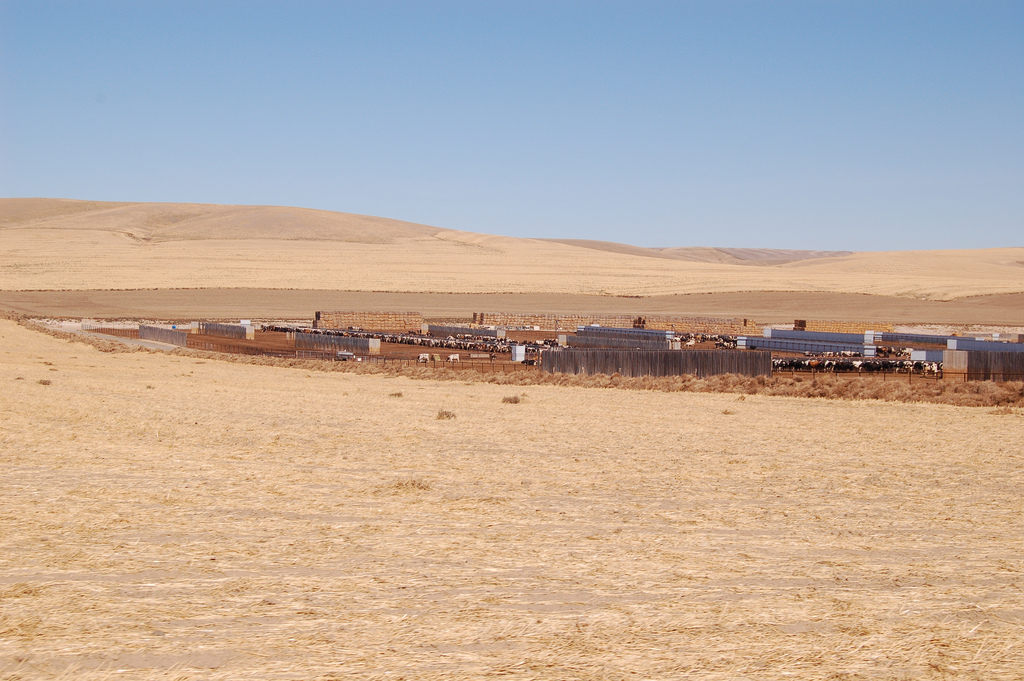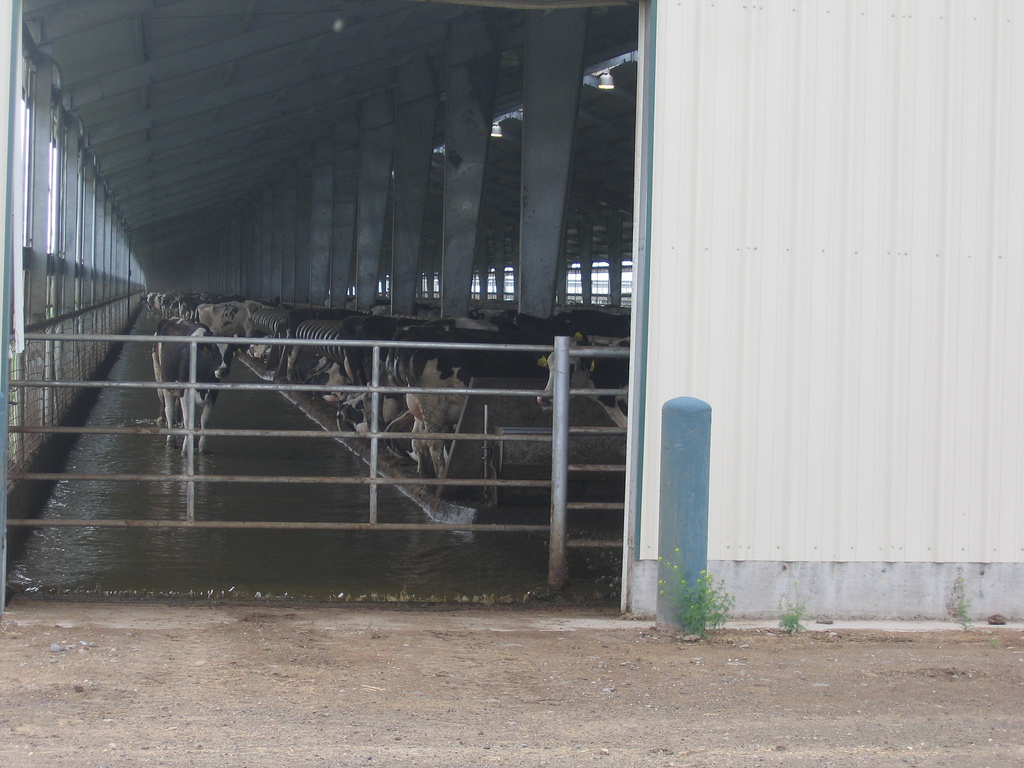Economy and Policy
An Astonishing Number Of Lakes
Have you ever wondered how many lakes there are in the world? In an effort to answer this question, an international research team used satellite photos and computerized mapping technology to count up Earth’s inland waters. They found about 117 million lakes, covering almost four percent of the planet’s non-glaciated surface, according to their study, which was published in Geophysical Research Letters.
A Floating Wind Turbine
Wind technology generally faces two challenging facts: the wind is much more powerful higher up in the air and good locations for wind turbines are often far away from where electricity is needed.
In A Warmer World, The Ticks That Spread Disease Are Arriving Earlier
In the northeastern US, warmer spring temperatures are leading to shifts in the emergence of the blacklegged ticks that carry Lyme disease and other tick-borne pathogens. So reports a new study published in the Philosophical Transactions of the Royal Society B.
[Read more…] about In A Warmer World, The Ticks That Spread Disease Are Arriving Earlier
Teaming Up To Protect And Manage Lakes
During a mild July in 1985, a cold front caused algae in Shelburne Pond, a small Vermont Lake, to quickly die back. Decomposing plants stripped the water of available oxygen, smothering aquatic life and causing a massive fish kill. Thousands of fish littered the lake’s surface – from perch and walleye to northern pike. Some 30 years later, a once prolific walleye fishery has not recovered.
New York’s Ban On Invasive Species Goes Into Effect
In a win for New York State’s natural areas, new regulations have gone into effect banning a long list of plants and animals that have plagued our fields, forests, and freshwaters. As of March 10, the New York State Department of Environmental Conservation has made it illegal to buy, sell, or transport 126 species identified as invasive.
[Read more…] about New York’s Ban On Invasive Species Goes Into Effect
Manure To Energy
Dairy cows are very industrious. On average, they produce about 70 pounds of milk a day. Unfortunately, they also produce about 150 pounds a day of manure. Basically, it is an inevitable byproduct of the production of milk.
Lessons From Europe On Warming Lakes
Do you wonder how climate change is affecting lakes? We just need to look across the pond, where scientists and agencies involved in the European Union’s Water Framework Directive have amassed an impressive body of research on the topic.
Has Phragmites Met Its Match?
Goats are gaining a reputation as allies in the fight against invasive plants. Urban parks, college campuses, and nature preserves are taking advantage of their appetites and agility – using them to control everything from autumn olive to multiflora rose.
Dog Days Of Winter
This winter filled with endless snows and bone-chilling temperatures makes it difficult to focus on a warming climate. But the truth of the matter is that the warming climate is playing a major role in our harsh winter weather.
Wave Power
Wave power is produced by the use of electricity generators placed on the surface of the ocean. Energy output is determined by wave height, wave speed, wavelength, and water density. This technology is a fledgling state: there are only a handful of experimental wave generator plants in operation around the world.
Fungus Sucks The Life Out Of Hibernating Bats
Common throughout North America, little brown bats keep insect populations in check. Anyone who has spent dusk near a lake has seen the little browns performing acrobatics on the wing as they feast on mosquitoes, midges, and gnats. Each bat can eat thousands of bugs each night.
[Read more…] about Fungus Sucks The Life Out Of Hibernating Bats
Floating Solar Panels
Japan is an island country with over 125 million people and doesn’t have much land to spare. The country is largely mountainous and has no room for large-scale solar plants. It has long embraced solar power, but has to be creative about where to put the solar panels.
Threats To Corals
Coral reefs are some of the most spectacular sights in the world. People call them the “rainforests of the sea.” These colorful otherworldly places are some of the most diverse ecosystems on Earth. Coral reefs provide a home for 25% of all marine species and they flourish even though ocean waters that provide few nutrients typically surround them.
Food Waste: Now Illegal In Seattle
Previous Earth Wise segments have explored the global problem of food waste. In developing nations, inefficient harvesting and poor storage result in less than half of produced crops making it to the marketplace. In the U.S., food waste tends to occur in grocery stores, homes, and restaurants.
Wind Power In Denmark
Denmark has been a world leader in wind power for a long time. Its wind energy policy had its origins in the 1970s oil crises. The country first embraced nuclear power, but abandoned it in the 80s based on public opposition.
Let’s End Factory Farming!
It’s quite clear that factory farms are only able to produce their cheap goods at the expense of the animals, the environment, and human health. And while it could be easy to feel powerless against the factory farming machine, there are several viable alternatives.
Factory Farming And Human Health
Factory farms produce cheap goods. But while consumers may be happy with how much these products cost at the grocery store, there is a much bigger price paid by the animals, the environment – even human health.
Factory Farming And The Environment
Factory farms put an incredible strain on earth’s natural resources. While originally built for maximum efficiency, factory farms actually yield relatively small amounts of meat, dairy and eggs given the staggering price the environment pays.
The Welfare Of The Animals In Factory Farms
These are not Old MacDonald’s farms. Far from the idyllic, spacious pastures that are often shown in food advertisements and children’s programming, factory farms raise large numbers of animals in extreme confinement. More than 99% of farm animals in the U.S. are raised on factory farms, where they’re regarded as a commodity for maximizing profit.
[Read more…] about The Welfare Of The Animals In Factory Farms
